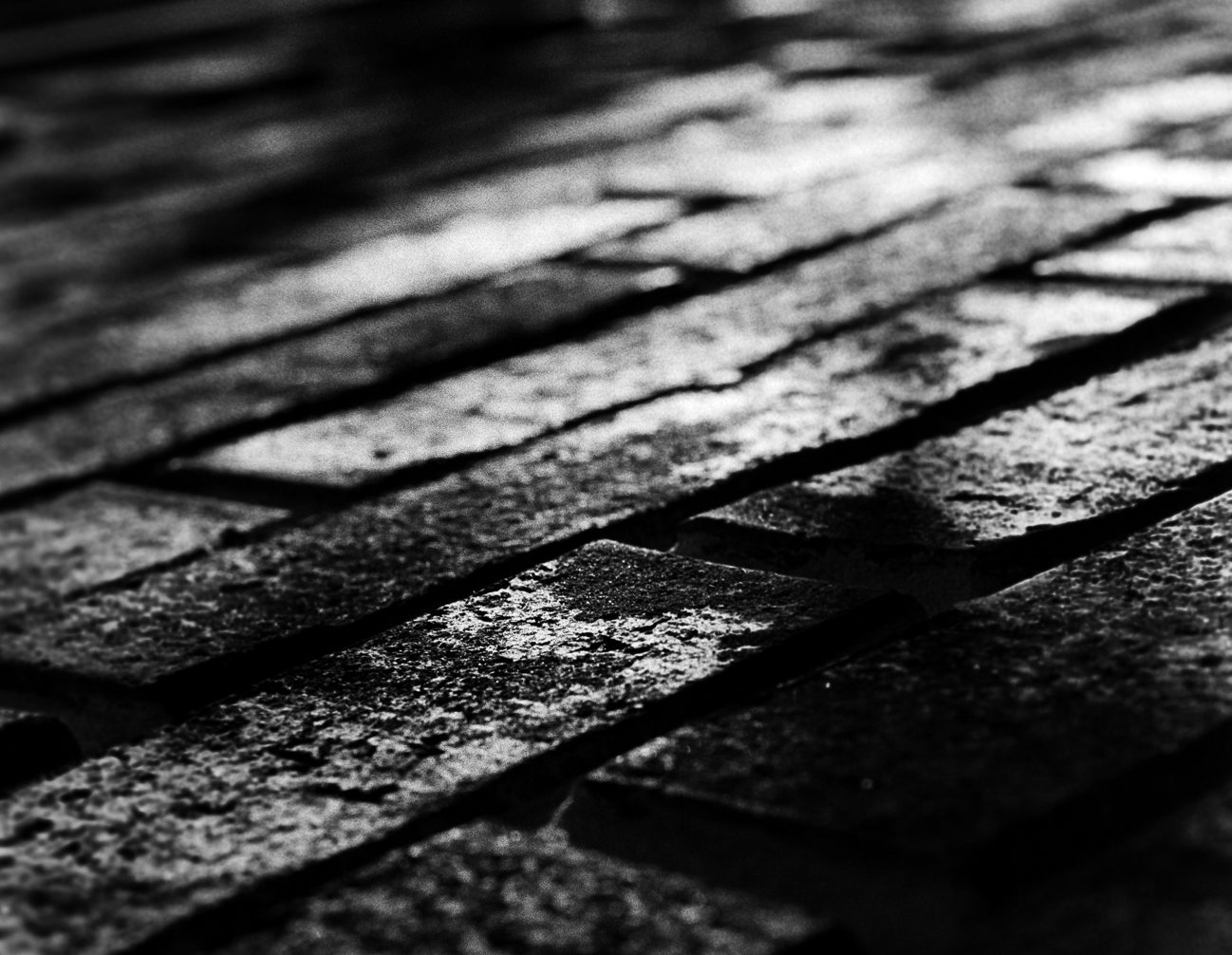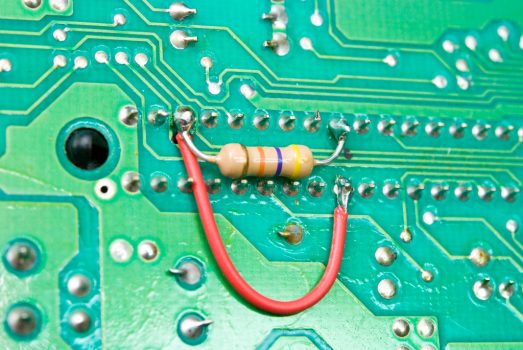I have been wanting buy it for a long time but never could justify the expense until now. Yesterday my PowerPak arrived, yay! The purpose of it, surprisingly enough, is not to download and play gobs of ROMs. The collector in me prefers to have, and even play, the originals.
The main purpose of the PowerPak was for music production. John and I have been working on a kick-ass concept album under our new band, Victim Cache that uses the NES sounds a great deal. To this point, I have been using FamiTracker which has been fantastic! It does a fantastic job emulating the NES. It is, however, emulation. It’s too pure. I wanted to get dirty!

Playing the tracks through PowerPak (by way of exporting them to the NSF format) really adds character. Even the extra sound-chips included in some Japanese cartridges, which the PowerPak emulates, sound better (probably due to aliasing and overall component “noise” but I’ll take it).
The phrase “be careful what you wish for” comes to mind, however. While playing music on a real NES adds quite a bit of character, it also adds a ton of noise. Not the dusty “vintage” kind but the annoying “there’s a grounding problem” type of noise. Though soft, there is a definitive saw-like sound that can be heard fairly well during soft parts and would otherwise be adding dischord to our carefully crafted songs.
Today, I was trying to figure out how to solve that, and made some good progress. Basically I was able to isolate some noise by tapping off various parts of the NES audio pipeline. I even tapped audio directly off the 2A03 CPU! Be careful when doing that, however. An electrolytic capacitor that is 1uF or more should be used in this case. I am not sure as to what would be the best values for a capacitor, or if additional filtering caps are needed. There appear to be some on the NES board so probably not a bad idea to (carefully) experiment with.
There was one particular time where I was able to isolate just about all the buzzing, though I’m not sure how. Repeated attempts were not as successful, but man while I had it going it was a chiptuner’s dream.
After all this work, I came to the conclusion that the main problem is the power-brick. It is an original NES switched walwart and I think that has a great deal to do with it. Even when the NES is powered off I can hear buzzing. To solve this, my first plan (which was an idea proposed by Shiru on the #nesdev EFnet channel) is to use a 9V battery (actually probably a few) to power the NES. If that works, I could start using that, or look at making a linear power-supply. If you read my previous posts about my MidiBox endeavors, you would know I love making power supplies for audio applications. I’m probably not very good at it, but it’s still fun!
Depending on where that goes, I may still opt to tap off the 2A03 and audio in from the PowerPak. That way I can record different tracks easily at once and could also hopefully eliminate more noise. Doing that requires some case modding and while I have an extra NES case, I like to keep those sorts of things pristine. Do I smell a rackmount NES project!? Maybe…maybe!

